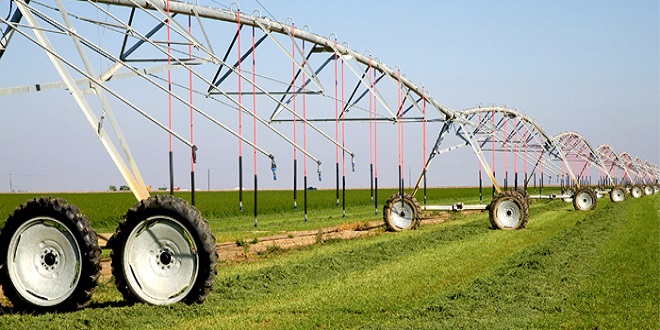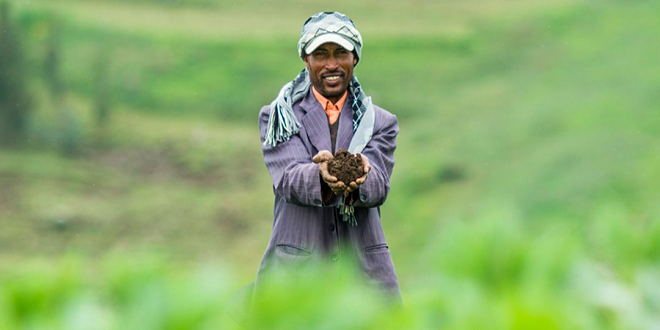Estimating Soil Moisture By Feel

Garden Scale Tillage & Planting Implements
Spread of stabilized, mature compost evenly at the bottom of the trench. With a digging fork, fracture the bottom of the trench to a depth of 12”. The compost applied to the bottom of the trench will sift down through the fractures. This is a good way to open up compacted subsoil with a high clay content.
Slide the digging board to the left. Use a spade to slice off a 3” x 12” vertical slice of soil. Lever it forward using the digging board as a brace to fill the open trench. Working from one side to the other, repeat this step until you have opened a new trench, 12” wide and 12 deep
French Intensive/Double Digging Sequence
After the final trench has been opened, compost applied, and the bottom of the trench fractured, fill the last trench with the soil from the wheelbarrow.
Side Forking or Deep Forking Sequence
Standing on the path perpendicular to the bed, plunge a tilthing fork 6”–8” into the soil at a 45º angle. Lift and, with a shaking motion, sift the soil through the tines of the fork. The finer particle will fall through first, with the clods falling through last and remaining on the bed’s surface.
Side Forking or Deep Forking Sequence
With a gentle, side-glancing blow, whack the clods until any substantial clods are broken up and eliminated. Work from the center of the bed toward the path. With each pass, center to path, slightly overlap with the previous pass.
With a long-handled bow rake, begin to shape the bed so that it is level and straight-sided. You can draw soil from the high spots to the low spots, and vice versa. Using both sides of the rake (the tines and the flat/bow side), and using both a pushing and pulling motion will facilitate this process.
Side Forking or Deep Forking Sequence
You can also use the rake to berm or gently pound the vertical side of the bed to create a firm, straight edge, perpendicular to the flat top. This helps maintain the bed’s shape.
Field-Scale Tillage & Planting Implements
Getting plants off to a healthy start is critical to successful crop production. This unit introduces students to the basic skills, concepts, and equipment associated with the sexual propagation of crop plants, and the use of greenhouses to promote healthy seedling production. Lectures, exercises, and supporting material emphasize the roles of temperature, moisture, air circulation, and fertility in germination, seedling development, and pest and disease control
Four lectures examine cultural requirements of seeds and seedlings, as well as the technology, costs, advantages, and disadvantages of various greenhouse structures, and options for propagation media and container formats.
A series of demonstrations then introduces the skills involved in sowing seeds and the cultural practices used to manage passive solar greenhouses to promote successful development of organically grown seedlings. Supplements address examples of daily greenhouse practices, along with ways to conserve water, protect water quality, and lower expenses associated with greenhouse propagation.



